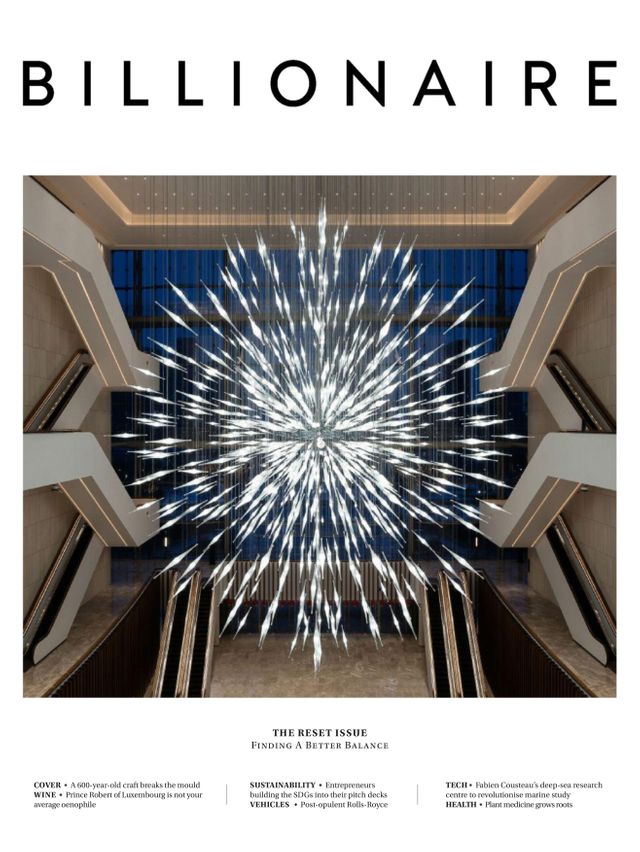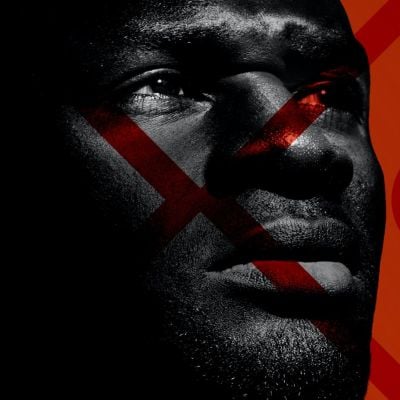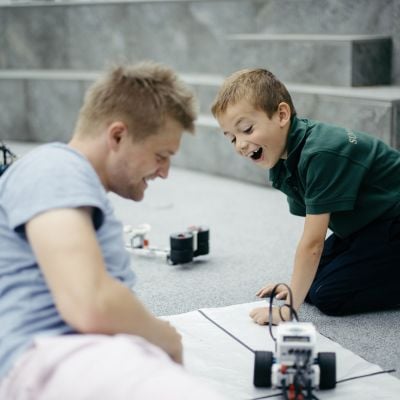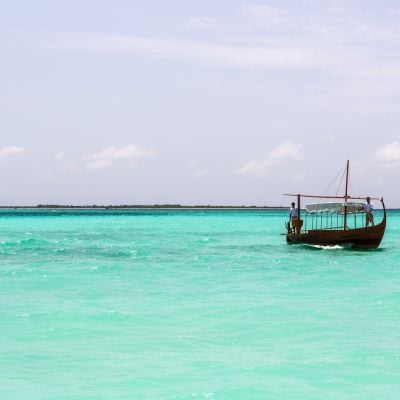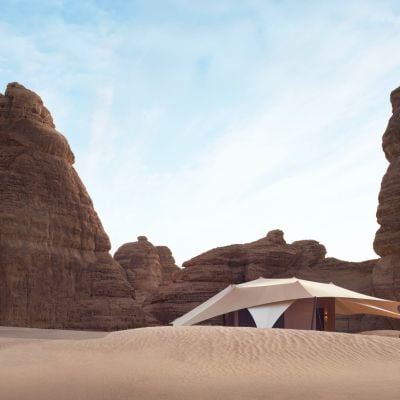Everyone An Explorer
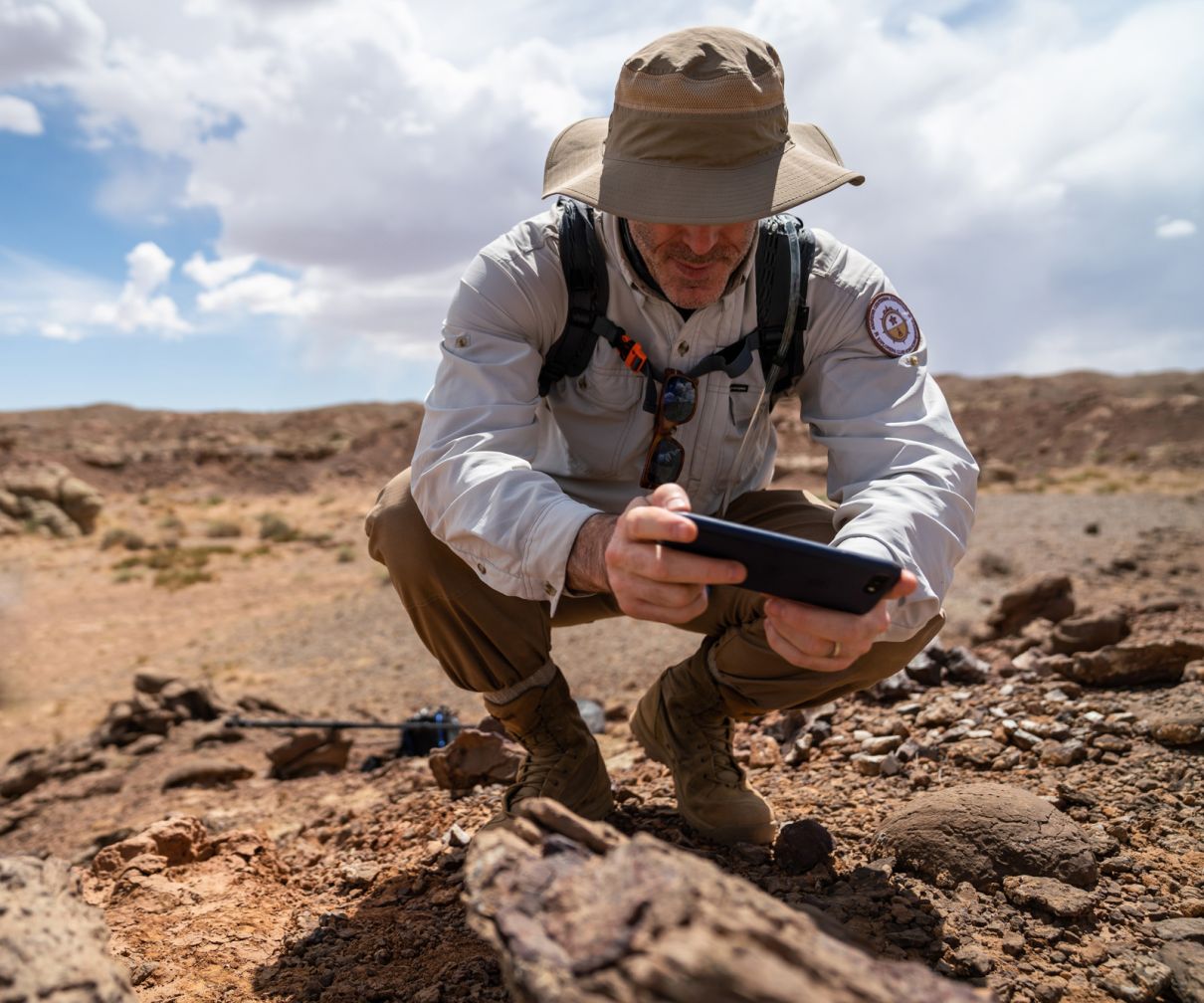
Exploration is getting a reboot from an ambitious start-up using close-range drone mapping.
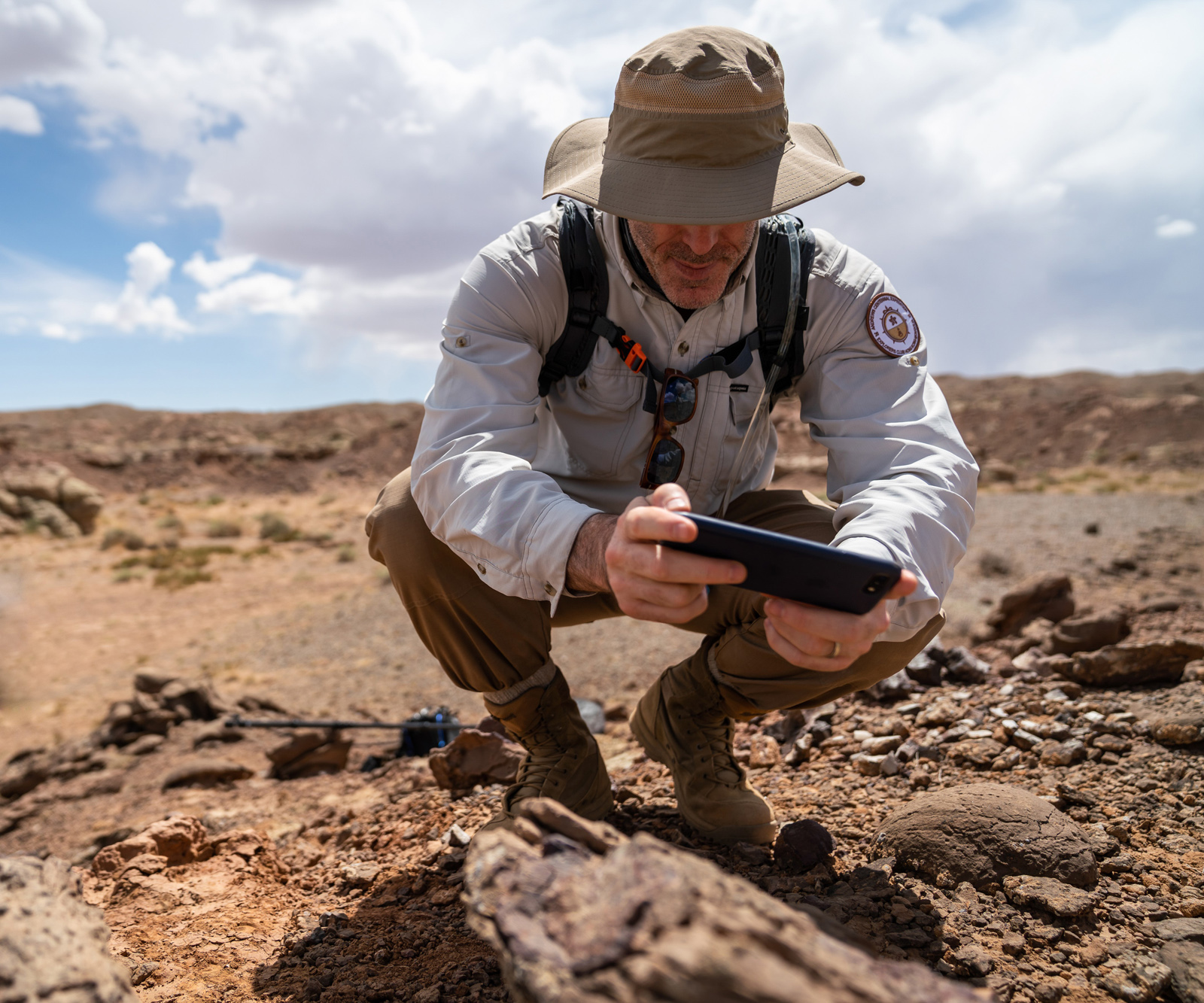
The last six months of COVID-induced lockdown has piqued our curiosity to explore the natural world, remotely. The UK’s National Trust reported a spike in views of its virtual tours of the natural wonders of Great Britain; including a 37,408 percent increase in views of the Giant’s Causeway Virtual Tour between April 2019 and April 2020. But if that’s too tame, you could take a virtual tour into one of the world‘s most active volcanoes, filmed just a few metres above a lava lake, through AirPano. Or for some fresh air (virtual fresh air at least), you can take a nine-mile hike around the Grand Canyon with Google Expeditions. Alternatively, log into the live webcam showing the Northern Lights; join a National Geographic tour inside the Son Doong Caves in Vietnam; or a 360-degree ride over the swirling sand dunes of the Namib Desert in southern Africa.
Now a new company is seeking to engage the next generation of explorers, by bringing them on real scientific expeditions to some of the most important and remote places on Earth.
Using extended reality (XR) users will be able to explore, in close detail, vast areas of the Gobi Desert, and will be able to work with an expedition team to scour the desert to discover new dinosaur fossils.
“We are talking about democratising access to discovery,” says Michelle Excell, a San Francisco-based creative technology strategist, specialising in immersive media and augmented reality (AR).
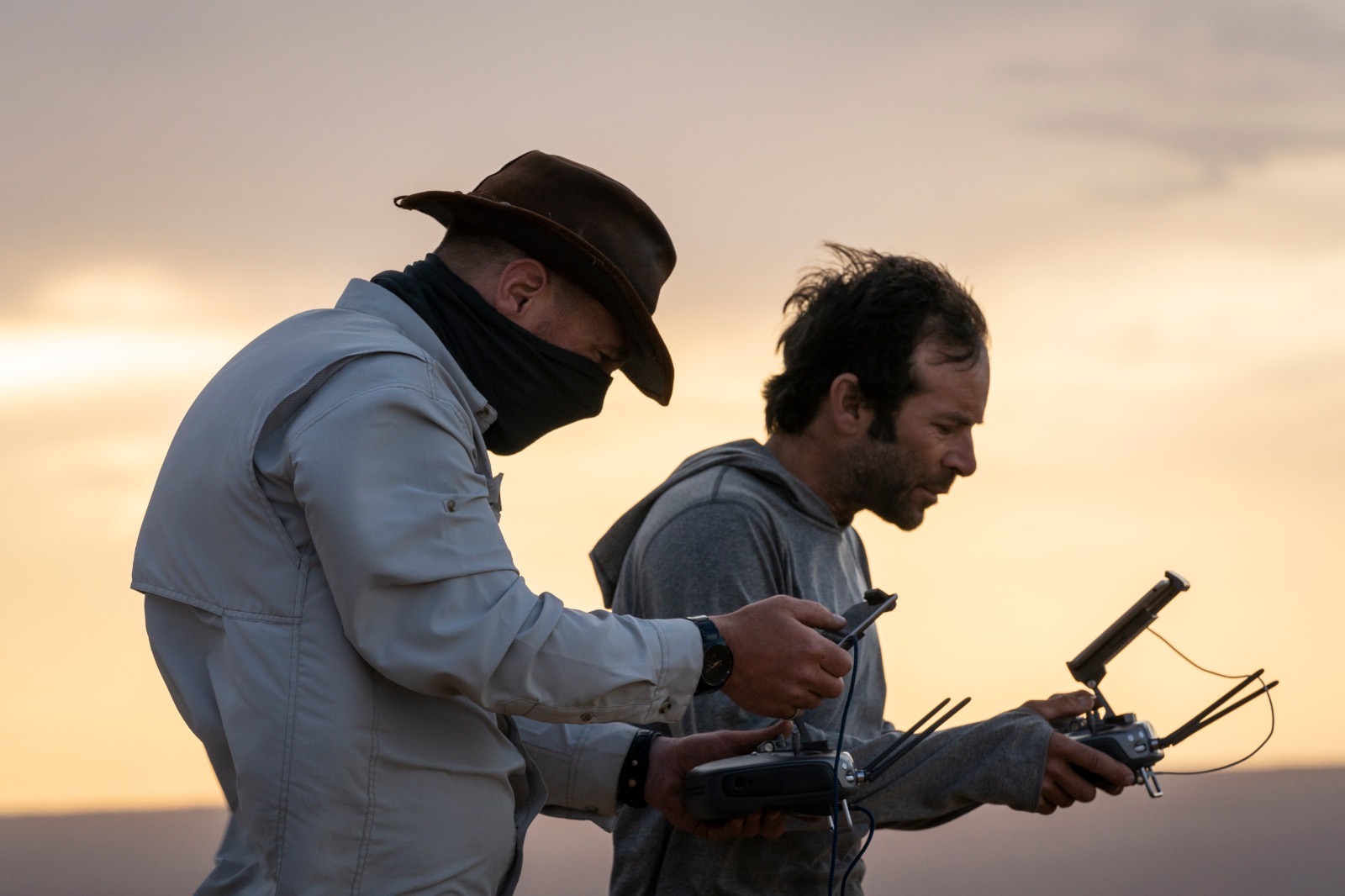
She is the co-founder of an experiential media company named Voiijer (pronounced ‘Voyager’), which is determined to remove barriers to participating in exploration. By using XR – including augmented and virtual realities – Voiijer is creating experiences that she describes as being “at the axis of learning and play”.
Voiijer’s other co-founder, Michael Barth is a member of the world-famous Explorer’s Club, and the founder of its chapter in Hong Kong. The ‘a-ha moment’ says Barth, happened while he was leading an expedition with across to the Mongolian Gobi Desert in 2018, to prospect for cretaceous era dinosaur fossils.
The expedition was the first to use NASA imaging technology to locate dinosaur fossils, but Barth realized the data they were collecting could be used to recreate the very ground upon which he was standing, and to allow others to experience – not just see – the place and participate in the fullness of the scientific expedition.
On that expedition they found several new dinosaur species and captured data that would prove vital to the Mongolian Institute of Paleontology and Geology. But Barth wanted to make these unique data and tools available and engaging to the general public. So, he began to develop the concept of Voiijer.
“The real magic of Voiijer is not the data collection, but how we make it immersive, interactive and experiential for everyone. That’s what no one else is doing,” he explains.
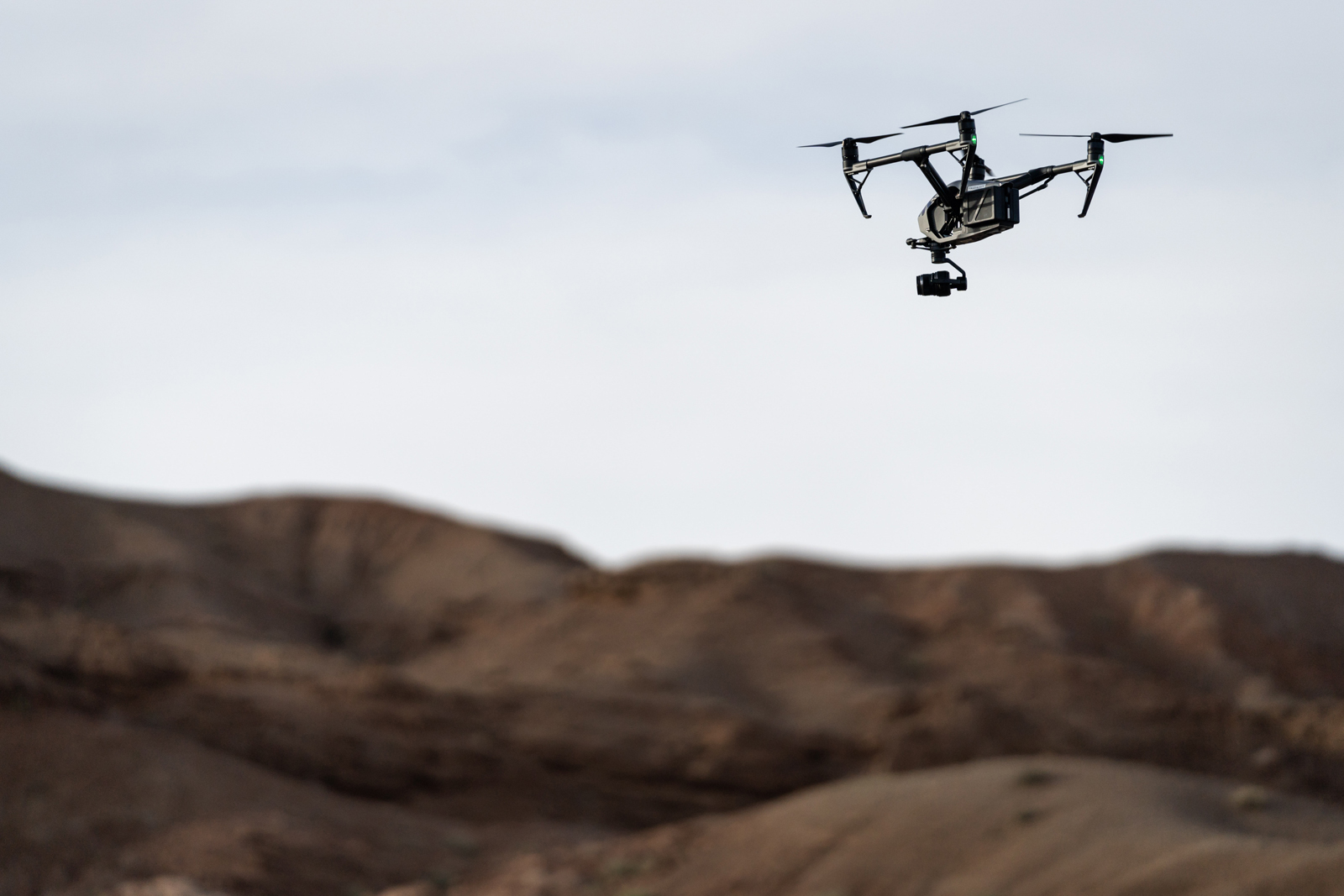
At the moment, you can coast around the planet virtually almost anywhere using Google Earth, which takes its data from satellite images. But satellites fly in space some 35,000km above Earth, whereas similar imaging technologies can be applied at ground level at vastly higher definition. Whether flown over deserts, taken into forest canopies or used to scan structures or individual artifacts, this intensified data capture provides a significantly more accurate and nuanced understanding of a given environment, says Barth, to the point where you can appreciate the minerality of the rocks, the composition of the soil and in some cases, even see surface-level fossils.
There are “multiples of thousands” of dinosaur fossils just on the surface of the Gobi Desert, says Barth, who saw it first-hand in 2018. “We didn’t even scratch the surface.” The beauty of extended reality is that it gives a new way to experience the data – as though stepping back into the field – and a new audience.
“If you find an object, like a fossil on the Voiijer platform, you are actually discovering it in real life,” says Barth. “Your discovery is instantly attributed to you, and scientists can make next-level authentications without having to leave the lab. This directly impacts the preservation of both the fossil and its natural environment.”
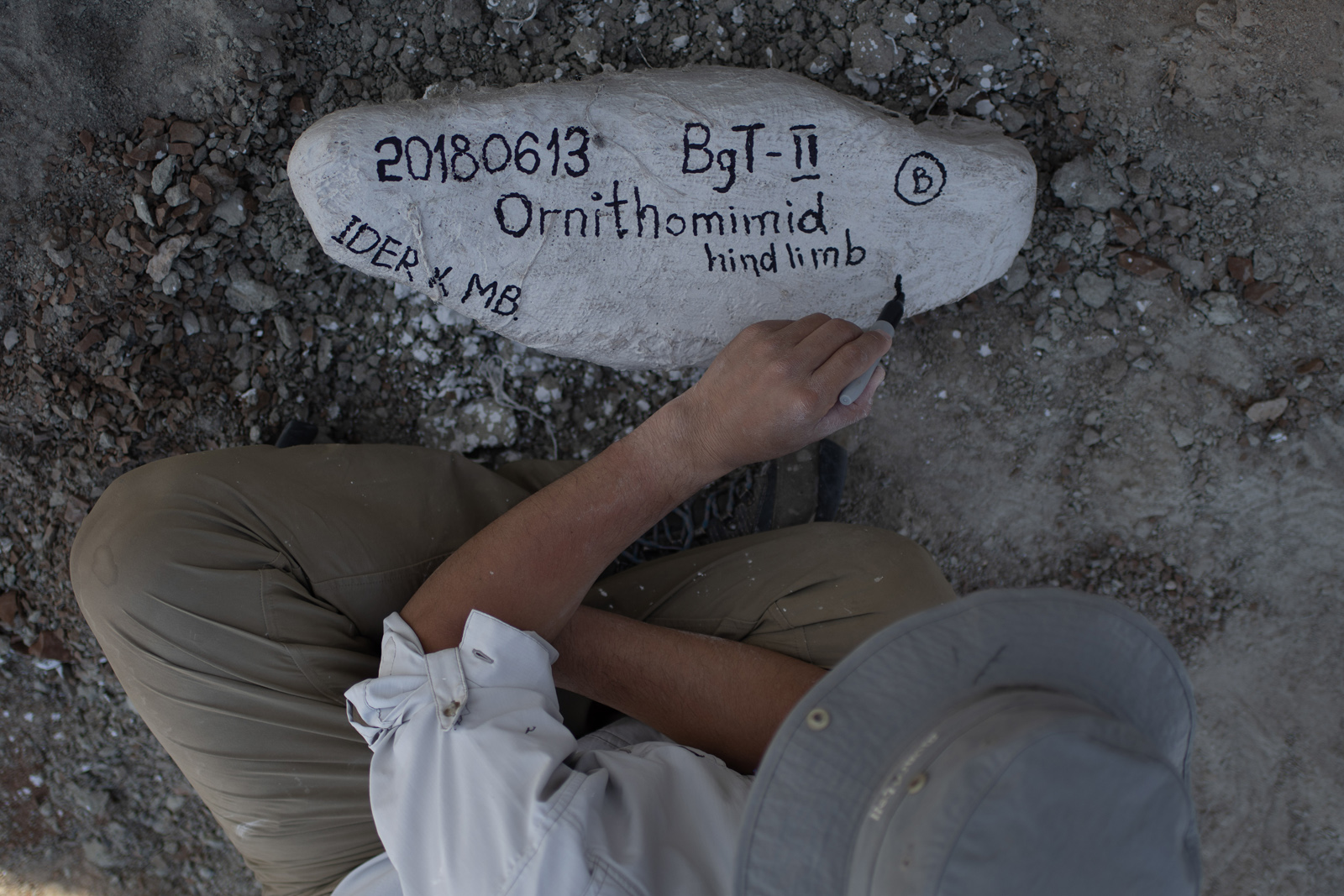
Players will be able to interact with other members of a team and join a virtual expedition, but Barth and Excell stress that this experience is more than a game. You will be able learn alongside the chief scientist or top palaeontologist, and pick up practical skills like how to fly a drone, skills that can be used in real life.
The idea is that once the extended reality Gobi Desert experience has launched, other important scientific expeditions from their global pipeline will follow, including unearthing an ancient buried city, hunting for new insect species in the rainforest canopy, and even searching for life on Mars. “This is not just virtual tourism, it’s about giving people the opportunity to interact with these environments in a range of meaningful ways, we want them to feel a real connection” adds Excell.
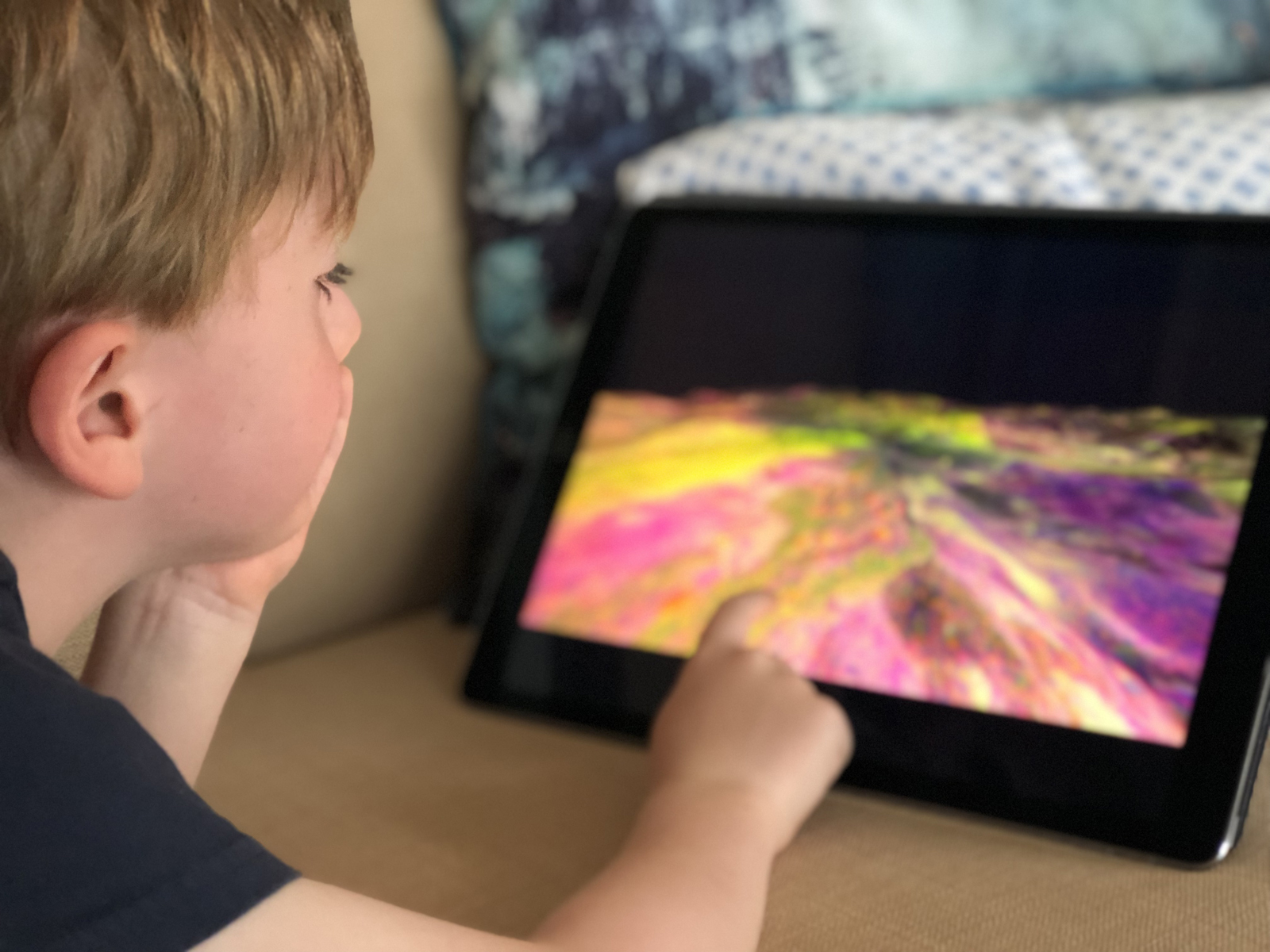
Voiijer is preparing to launch a companion mobile app this summer in advance of the first full XR title slated for release in 2021. The companion app provides access to exclusive content from the Gobi expedition and teaches several expedition techniques users can deploy in their own backyards, classrooms or living rooms. The company is in a seed funding round to accelerate its time to market and scale to reach targets such as museums, schools and family entertainment venues.
“COVID-19 will change the way that people consume experiences and the fall-out will last for years,” says Excell. “So much of the status quo was due an overhaul, that we are taking this opportunity to lead conversations around the future of education, work and connection. If we can create better solutions that can also be experienced at home, that’s a win/win.”
This article originally appeared in Billionaire's Exploration Issue, Summer 2020. To subscribe contact

